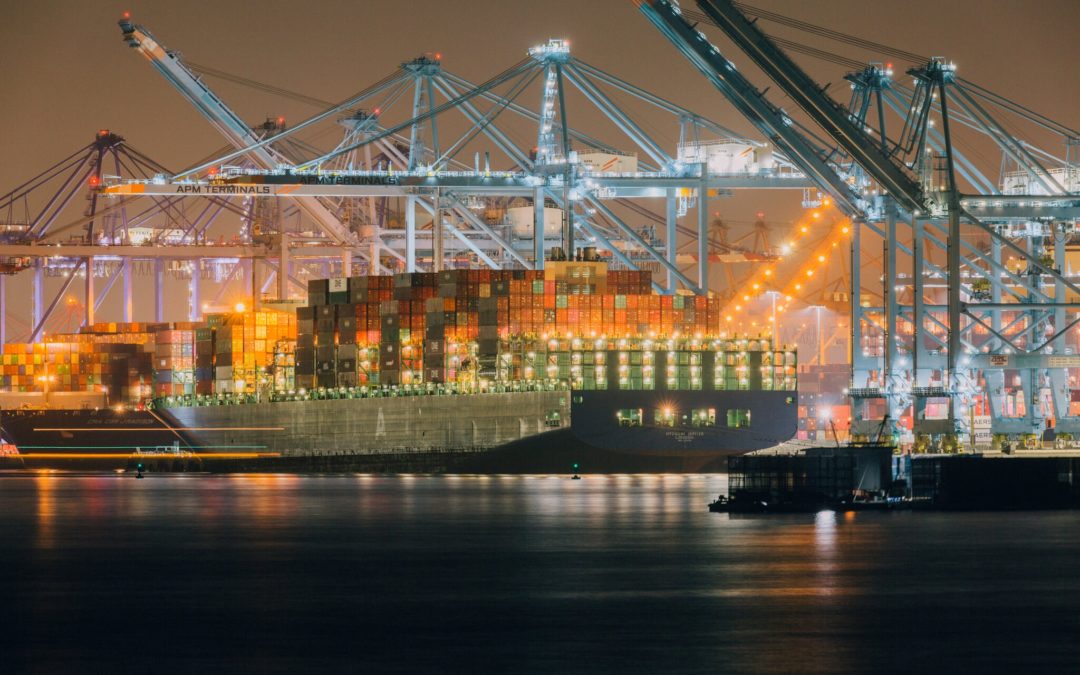From “Logjam at Sea as Virus Roils Global Trade” (New York Times):
“I’ve never seen anything like this,” said Lars Mikael Jensen, head of Global Ocean Network at A.P. Moller-Maersk, the world’s largest shipping company. “All the links in the supply chain are stretched. The ships, the trucks, the warehouses.”
Economies around the globe are absorbing the ripple effects of the disruption on the seas. Higher costs for transporting American grain and soybeans across the Pacific threaten to increase food prices in Asia.
Empty containers are piled up at ports in Australia and New Zealand; containers are scarce at India’s port of Kolkata, forcing makers of electronics parts to truck their wares more than 1,000 miles west to the port of Mumbai, where the supply is better.
Viewed broadly, the volume of global trade dipped by only 1 percent in 2020 compared with the previous year. But that doesn’t reflect how the year unfolded — with a plunge of more than 12 percent in April and May, followed by an equally dramatic reversal. The system could not adjust, leaving containers in the wrong places, and pushing shipping prices to extraordinary heights.
Peter Baum’s company in New York, Baum-Essex, uses factories in China and Southeast Asia to make umbrellas for Costco, cotton bags for Walmart and ceramics for Bed Bath & Beyond. Six months ago, he was paying about $2,500 to ship a 40-foot container to California.
“We just paid $6,000 to $7,000,” he said. “This is the highest freight rate that I have seen in 45 years in the business.”

